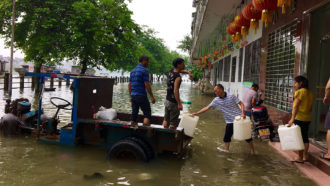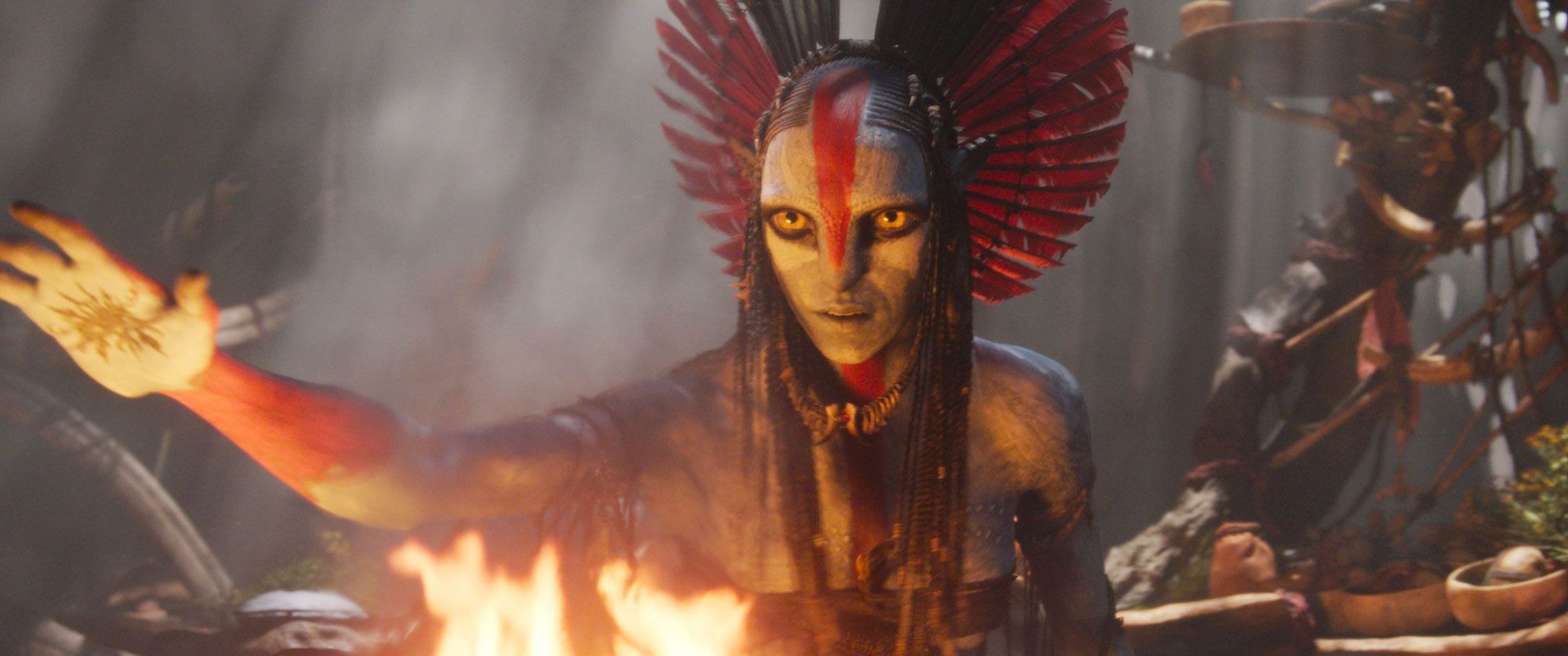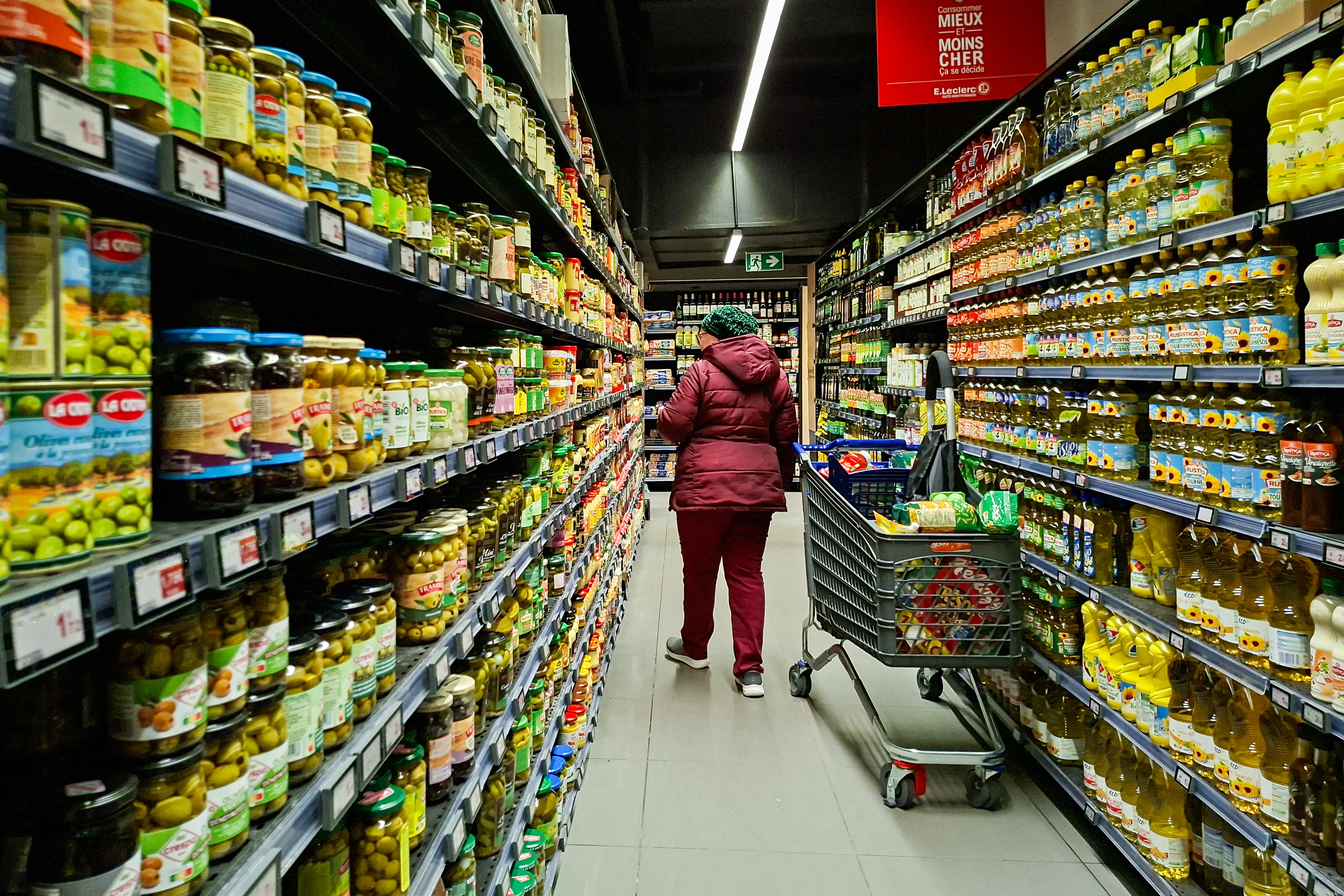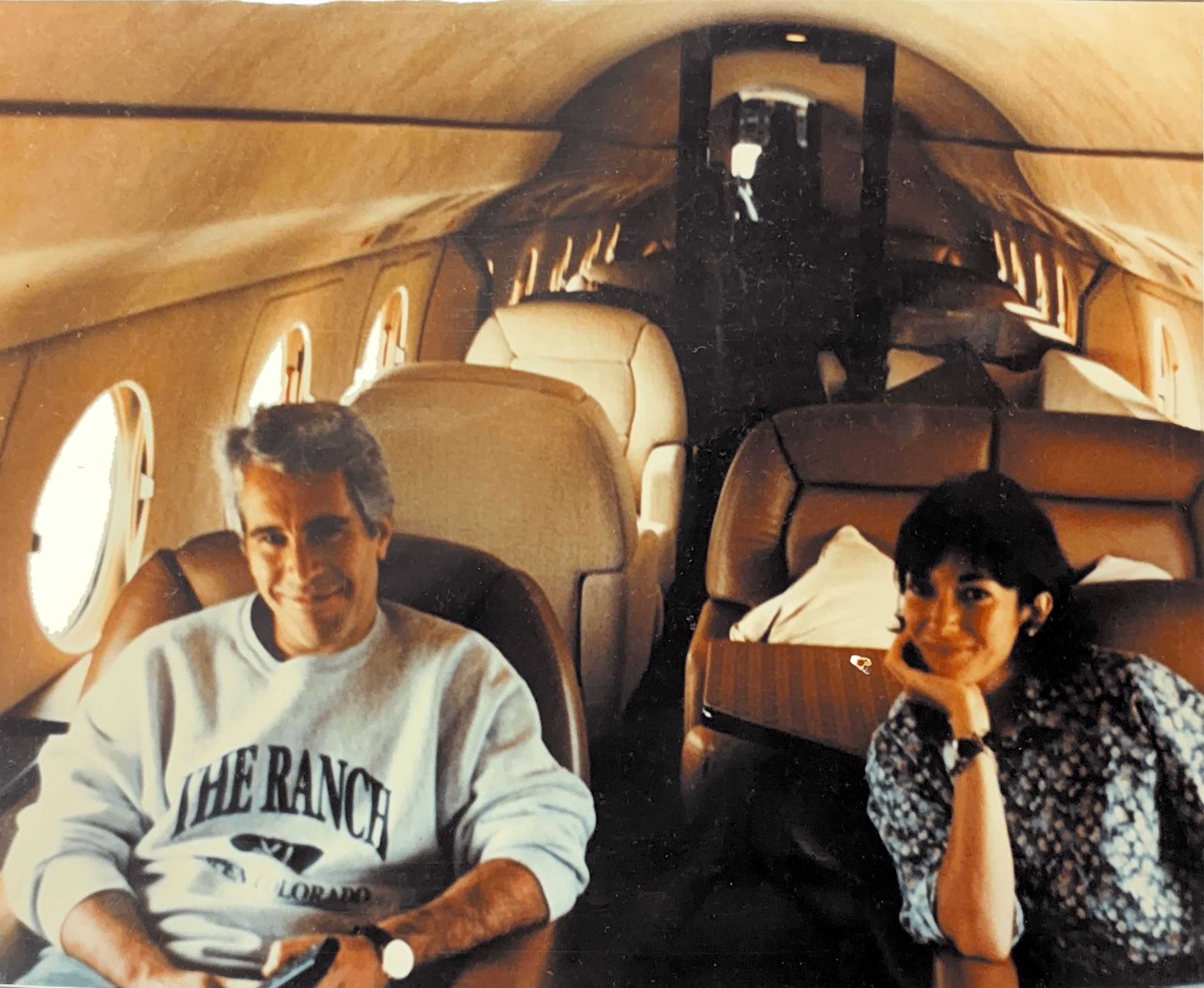"Panamanian Indigenous Community Escapes Threat of Rising Seas"

From a bird's-eye view, Gardi Sugdub Island appears to be a shipyard with brightly colored small dwellings squeezed together. On the ground, the island, located in the San Blas archipelago off the northern coast of Panama, is hot, flat, and packed, accommodating over 1,000 individuals in narrow dwellings that occupy almost every bit of its 150-by-400-meter area, while the rising seas, caused by climate change, slowly submerge the island.
This year, around 300 families are expected to start migrating to a new community on the mainland. The resettlement project was initiated by the islanders over a decade ago when they recognized that the growing population would no longer fit on the island. With the increased severity of rising sea levels and intense storms, the problem has become more serious.
While many older adults prefer to stay on the island, some still refuse to accept that climate change poses a threat. But 70-year-old Pedro Lopez, whose cousin helped interpret him during our Zoom interview, is not one of them. Lopez currently lives with sixteen members of his family and their dog in a small house on Crab Island (Gardi Sugdub). He does not intend to leave. Though he knows that the island and many others in the archipelago are being submerged, he believes it won't happen within his lifetime.
Guna Yala, the area occupied by the indigenous Guna people, covers a strip of land along the north coast of Panama and the more than 350 nearby islands. Since the mid-1800s, these Caribbean islands have been the Guna people's home, having abandoned the jungle area near the current Panama-Colombia border because of disease-carrying pests and to establish better trade. However, they are among the thousands of people worldwide who may be pushed to flee their homeland by the end of the century due to rising levels of water.
Sea levels in the Caribbean currently rise by an average of 3 to 4 millimeters annually. The rise in global temperatures is estimated to increase the rate to 1 centimeter per year or more by the end of the century.
Steven Paton, who manages the Physical Monitoring Program at the Smithsonian Tropical Research Institute in Panama, claims that all of the islands in the San Blas archipelago will ultimately be underwater and uninhabitable. Some islands may have to be abandoned soon, while others may last for several decades.
Anthropologist Anthony Oliver-Smith of the University of Florida in Gainesville has studied individuals who are displaced by disasters for over fifty years. He claims that climate change has become a major factor in displacement worldwide, particularly for people with limited capabilities.
The effects of climate change, such as flooding, rising seas, and erosion, imperil the Tuvaluans in the South Pacific, the Mi’Kmaq of Prince Edward Island in Canada, and the Shinnecock Indian Nation of New York. Half of the tribe's 1,600 remaining members, who occupy a more than 300-hectare territorial homeland on Long Island, are surrounded by multi-million dollar mansions in Southampton.
The Guna people's relocation is being watched attentively as a model for other threatened communities. What differentiates Guna from many other cultures is that they have a place to go.
Guna Yala has over 30,000 indigenous Guna, who occupy the archipelago formerly called San Blas and a strip of the mainland. Most of them live on the islands, where they have access to water from the nearby river and, in some instances, cultivate crops. While a few of the islands tower several meters above average sea level, the majority of them are spits of uninhabited land with palm trees, many of which are just 1 meter or less above sea level.
So far, only the inhabitants of Gardi Sugdub are covered by the relocation plan.
Satellite measurements of ocean surface height suggest that sea levels are increasing at a rate of many millimeters per year across most of the Caribbean. The accuracy of local sea-level projections is impacted by the availability of data from tide gauges (shown as dots).
The Guna people rely on the biodiversity of the islands. The sea, mangroves, and nearby mainland forests supply food, medicine, and building materials. The men fish and hunt and provide seafood to Panama City's finest restaurants. Agriculture remains a significant part of the economy. Guna communities choose from traditional officials called sailas (Guna for "chiefs") and argars (the chief's spokespersons), and they have regular meetings to address community issues.
The Guna have shifted towards a tourism-based economy and serving outsiders as a source of income. They generate revenue by selling food, cultural artifacts, and souvenirs to tourists, but only after obtaining permission from their sailas. Non-locals are not allowed to own property or run businesses on the islands.
Carlos Arenas, an international human rights lawyer and social and climate justice advisor, visited Gardi Sugdub in 2014 to evaluate the nascent relocation plans and offer recommendations as a consultant for Displacement Solutions, an initiative focused on housing, land, and property rights. He was surprised by the visible threat posed by the rising sea, citing the lack of elevation and extreme exposure. However, the Guna have lived there for over 170 years and do not necessarily see it that way.
Heliodora Murphy, a 52-year-old grandmother who grew up on Gardi Sugdub, has observed the ocean rise higher every year. She cannot grasp why some dismiss climate change with the growing physical evidence all around. She recalls her father bringing rocks and sand from the mainland river to maintain dry pathways and preserve their house. Families fight against the ocean daily, building barriers that disintegrate and have to be rebuilt.
Some of the short-term measures taken to combat the issue, such as filling in coral reefs to expand land area, have been counterproductive. Reefs are natural buffers against wave action, storm surges, flooding and erosion. Destroying them has only added more peril. Recently, Murphy has noticed that storm surges bring water into her small, ground-level home, and she decided that she would move with her family. She states “We can’t stay here.”
The Guna have historically had a rare level of autonomy among Indigenous peoples. When conquistadors arrived in Colombia and Panama, the Guna inhabited areas close to the Gulf of Urabá on the northern Colombian coast. The two groups clashed violently, forcing the Guna to relocate to the jungle of Panama, near the Caribbean. By the mid-1800s, entire villages had relocated again, this time to the San Blas archipelago.
Panama declared independence from Spain in 1821 and became part of Gran Colombia. Throughout the 19th century, the Guna governed themselves according to their customs. Things changed in 1903, when Panama separated from Colombia, and the country attempted to assimilate the people living on the archipelago. Having already evaded Spanish rule and Colombian authority, the Guna resisted Panama’s acculturation attempts. By February 1925, when the Guna could not arrive at a détente through alternative means, they launched an armed attack against the Panamanians.
Because of the United States' varying geopolitical interests in the region, the USA supported the Guna, who were occupying the Panama Canal Zone since 1903. This assistance compelled Panamanian administration into a treaty that allowed the Guna to continue living their way of life. Eventually, in 1938, the Guna islands and the adjacent coastline were recognized as a semi-autonomous Indigenous territory, Guna Yala, which the Guna have governed since then.
In 2010, Gardi Sugdub residents first brought up the idea of moving out of their homes, remarking that they had run out of room. According to Oliver-Smith, the Guna are the Indigenous people in Latin America who have been the most successful in preserving their cultural heritage, language and territory. They initiated plans for the relocation and arranged among themselves to reserve 17 hectares of land for that purpose on the mainland, within Guna Yala territory. The land is adjacent to a health center and a school, both of which the Panamanian government is constructing.
When Guna leaders approached the government, the initial promise made by the Ministry of Housing was to erect 50 houses on the plot. But the promise remained only that until 2014, when the Guna began to speak publicly about their situation. The Indigenous rights organization took notice of their predicament, resulting in Displacement Solutions turning to Arenas and Oliver-Smith to evaluate the situation and suggest recommendations for the way forward.
Following Displacement Solutions’ first report in 2014, Panama’s Ministry of Housing agreed to build 300 houses, along with the hospital and school. But Arenas, who until the COVID-19 pandemic started had visited Guna Yala every year or so, says progress remained slow, causing the Guna to question Panama’s commitment to the relocation. The Guna leveraged support from international groups and members of the Panamanian government to get the project moving. “They were the originators of the idea of resettlement,” Oliver-Smith says. “And they kept it alive.”
Arenas estimates that roughly 200 of the 300 houses in the new community are complete. The cost for the houses, which are being paid for by the Panamanian government, exceeds $10 million, and the Inter-American Development Bank has invested $800,000 in technical assistance. The new homes will have cement floors, bamboo walls, zinc roofs, running water and full electrification.
Before plans to relocate began, many Guna had already moved to cities including Panama City and Colón for school, work or simply to have more room. Arenas expects that many more people already living in mainland Panama will likely join their families in the new community. People on other Guna Yala islands will likely have to move eventually too.
Murphy has already picked out her two-bedroom home for her small nuclear family of seven. Two daughters moved to Panama City years ago, and she hopes to see them more. But at around 40 square meters, the homes may not accommodate the typical multigenerational, double-digit Guna families. Lopez plans to stay on the island, letting the younger generations live in the family’s new home on the mainland.
To ensure that the ethnic and cultural identities they fought to preserve are not lost in the move, the Guna plan to develop programs to teach traditions and culture to the resettled generations. But even on Gardi Sugdub, younger generations seem less inclined to practice the traditional customs — like making and wearing wini (vibrantly colored beads worn around the arms and legs) and molas (intricately designed fabric dresses that have become a symbol of Guna life and resistance to colonialism). Murphy began learning the craft when she was 6 years old. She spends two months constructing each ensemble, which she sells to tourists for $80.
Oliver-Smith is optimistic about the relocation plan but worries that the Panamanian government has repeated some mistakes that have doomed projects elsewhere by treating resettlement solely as a housing issue. “You don’t just pick people up and move them from point A to point B. It is a reconfiguring of a life of a people,” Oliver-Smith says. “It has political, social, economic, environmental, spiritual and cultural dimensions.”
As is often the case when Indigenous and rural communities relocate, Arenas says, the government failed to make the Guna equal participants in the design concept. “The Panamanian government is trying to build a Panama City neighborhood in the middle of a tropical forest,” he says. “They have not tried to save a single tree of this beautiful landscape…. They removed everything. They tried to flatten the land because it’s cheaper…. It’s also extremely hot there, and the building materials are hot.” This increases the risk of failure, he says, because the houses don’t match the environment.
But Murphy hopes everything will be better. The new village promises dry land and more space. And perhaps returning to the mainland the Guna occupied nearly 150 years ago will lead to a stronger connection to Guna historical culture and traditions.
Oliver-Smith says the Guna are facing the challenge of resettlement with an intact culture and language that he hopes will be a basis for maintaining cultural continuity. His time spent with the Guna has convinced him that, as disruptive and devastating as resettlement can be, the Guna relocating as a cohesive group are perhaps best equipped to emerge intact even if not unscathed.
“Carlos [Arenas] and I asked an old, retired saila if he thought resettlement would change the Guna,” he says. “He said, ‘No. Individuals may change out of choice, but our culture is eternal. It will never die.’ ”




